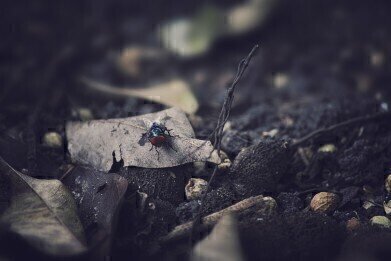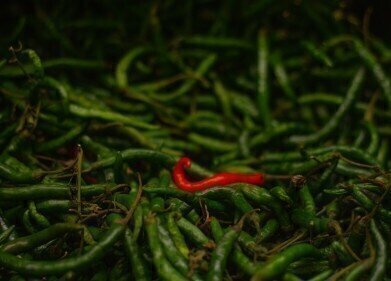Columns (GC)
Can the Smell of Death Lure in Coffin Flies? Chromatography Investigates
Jun 12 2021
The natural world is constantly serving up new surprises, from glowing animals to super-spicy peppers. One of the most fascinating areas of nature has to be the way plants attract pollinators, whether that’s through visual cues like the shapes and colours or a particular smell that lures in its target audience.
After reading that, many people will be thinking about the subtle smell of a new rose or the strong aroma of blooming lilies. But what if the smell was a bit less… palatable? That’s exactly the case with the Aristolochia microstoma.
Introducing the Aristolochia microstoma
Found in Greece, the Aristolochia microstoma is visually less blessed than many other plants. With flowers that are small, brown and bulbous, it blends seamlessly into its forest-floor surroundings. That leaves the plant reliant on an olfactory tool to attract pollinators.
Previously, researchers believed the plant was pollinated by insects such as ants, crawling in from nearby leaf litter. However, a recent study found that the petals were actually trapping flies from the Megaselia genus. Known as coffin flies, these flies usually lay their eggs in faeces or decaying corpses.
Scientists are already aware of a number of plants which use ‘carrion’ – the smell of decaying vertebrates – to spread pollen. However, the question for the researchers was how exactly the plant was attracting coffin flies without attracting the other insects that would come flocking to faeces or decaying corpse.
Digging deeper into the smell
Using techniques such as gas chromatography and mass spectrometry, researchers identified 16 chemical compounds that made up the aroma from Aristolochia microstoma. The use of mass spectrometry for altogether different ends is discussed in the article, ‘GCxGC with Soft Ionisation and High-Resolution Mass Spectrometry Applied to Petroleum Biomarker Analysis’.
Amongst the compounds were oligosulfides, which give off a smell of rotting meat. But they also identified alkylpyrazine 2,5-dimethylpyrazine, which is associated with musty cooked rice. Quite notably, the same compounds is found in rodent urine and decaying beetle carcasses.
Using their findings, researchers concluded that the plant was releasing the smell of dead insects (as well as rotting meat) to attract the coffin flies while deterring other insects from the forest floor.
Once flies are trapped inside, the hairs lining the floral chamber prevent flies from leaving. While stuck inside the flower, flies deposit pollen to fertilise the plant’s female organs, before emerging covered with male pollen to spread to other flowers once the hairs retreat.
Digital Edition
Chromatography Today - Buyers' Guide 2022
October 2023
In This Edition Modern & Practical Applications - Accelerating ADC Development with Mass Spectrometry - Implementing High-Resolution Ion Mobility into Peptide Mapping Workflows Chromatogr...
View all digital editions
Events
ACS National Meeting - Fall 2024
Aug 18 2024 Denver, CO, USA
Sep 04 2024 Chiba, Tokyo, Japan
Sep 04 2024 University of Warwick, Coventry, UK
Sep 10 2024 Rockville, MD, USA
Plastics Recycling World Expo Europe
Sep 11 2024 Brussels, Belgium














